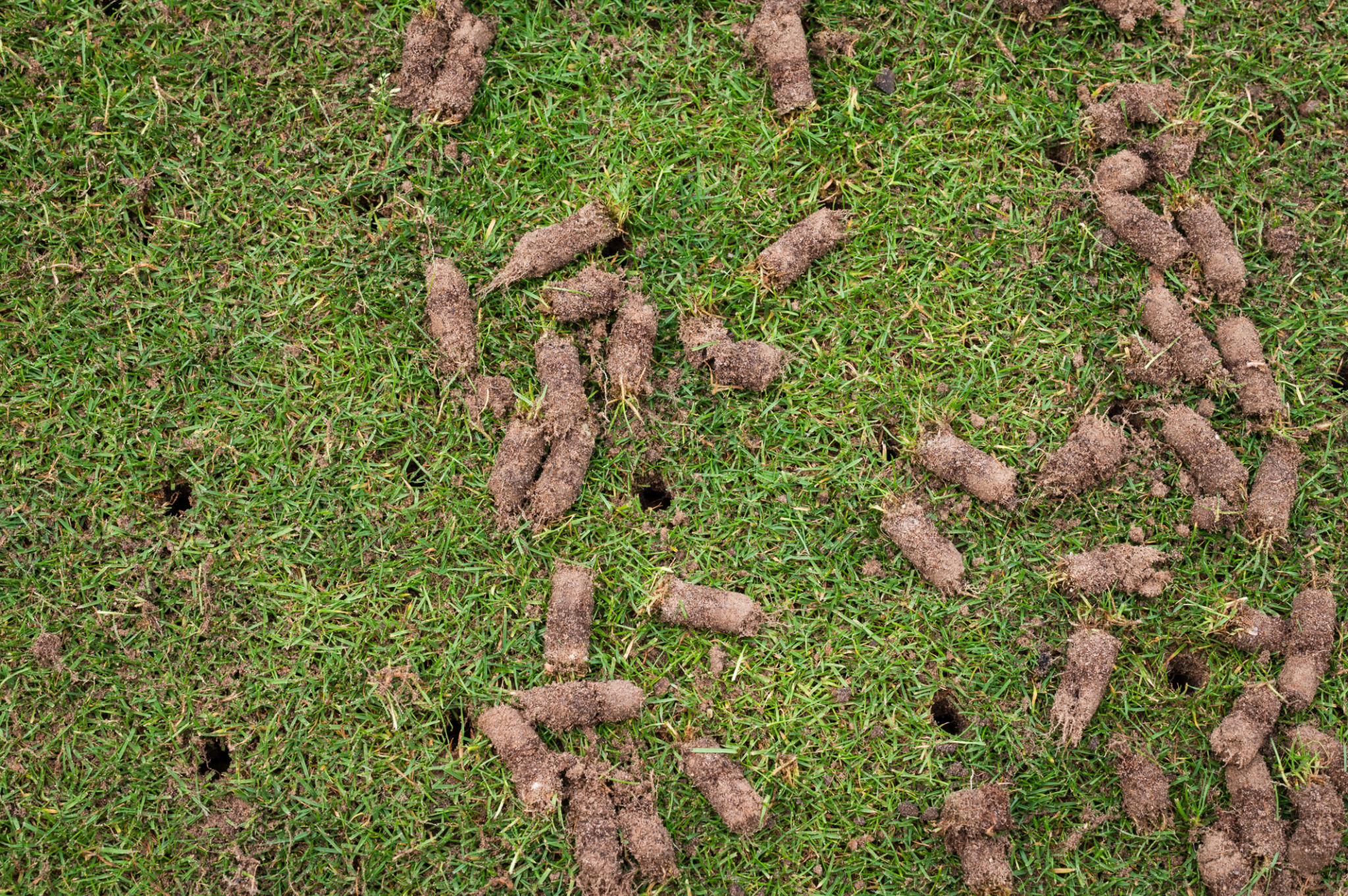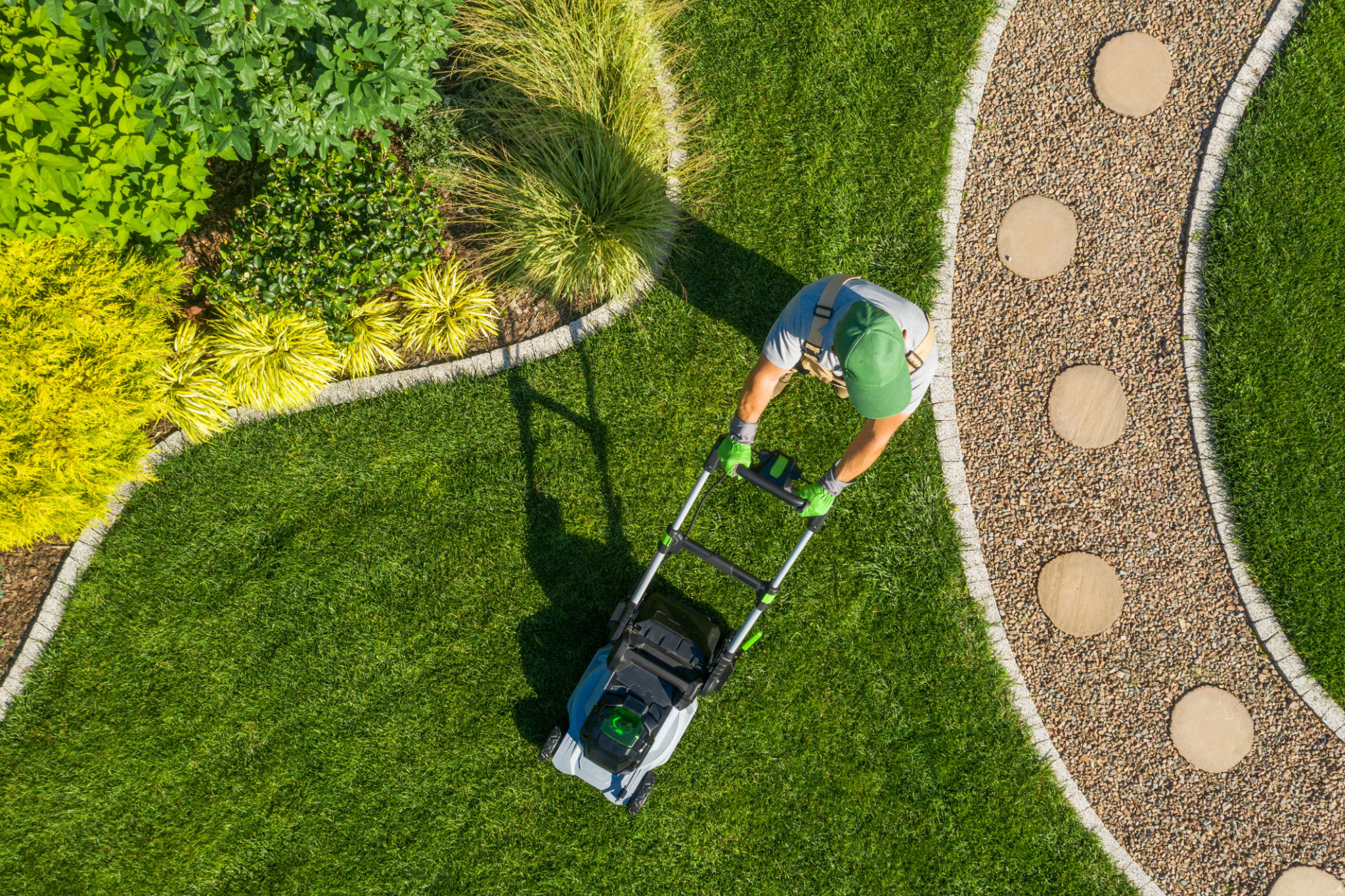DIY Lawn Care: How to Aerate Your Lawn Like a Pro
Understanding Lawn Aeration
Lawn aeration is a crucial practice for maintaining a healthy and lush lawn. It involves perforating the soil with small holes to allow air, water, and nutrients to penetrate the grass roots. This process helps the roots grow deeply and produce a stronger, more vigorous lawn. Aeration is especially beneficial for lawns that endure heavy foot traffic, are part of new construction, or have a thick layer of thatch.
If you're eager to transform your lawn into a green oasis, learning how to aerate like a pro can make all the difference. By doing it yourself, you can save money and ensure your lawn receives the care it deserves.

When to Aerate Your Lawn
The timing of aeration depends on the type of grass you have. For cool-season grasses, such as fescue or ryegrass, it's best to aerate in early spring or fall when the grass is actively growing. Warm-season grasses, like Bermuda or zoysia, should be aerated in late spring or early summer.
Avoid aerating during drought or high heat conditions as this can stress the grass. Ideally, aerate your lawn when the soil is moist but not overly wet.

Choosing the Right Tools
There are various tools available for aerating your lawn, ranging from manual options to motorized machines. Here are some common tools:
- Spike Aerators: These tools use solid spikes to penetrate the soil. They are suitable for small lawns but may compact the soil if overused.
- Plug Aerators: These remove small plugs of soil from the lawn and are more effective for larger areas. They provide better aeration by reducing soil compaction.
Consider renting a motorized aerator for large lawns, as this will save time and effort compared to using a manual tool.

Steps to Aerate Your Lawn
Now that you have the right tool and timing, follow these steps to aerate your lawn effectively:
- Mow Your Lawn: Cut your grass slightly shorter than usual to allow easier access to the soil.
- Water the Lawn: Water thoroughly one or two days before aerating to ensure the soil is moist but not soggy.
- Aerate: Use your chosen tool to cover the entire lawn, paying extra attention to high-traffic areas.
- Leave Soil Plugs: Allow the soil plugs to break down naturally as they will eventually reintegrate into the lawn.

Aftercare Tips
After aerating, it's important to care for your lawn properly to maximize the benefits:
- Seed and Fertilize: Consider overseeding your lawn and applying a slow-release fertilizer to promote healthy growth.
- Water Regularly: Keep the soil consistently moist to help new seeds germinate and grow.
- Avoid Heavy Traffic: Limit foot traffic on the lawn for a few weeks after aerating to allow grass recovery.
By following these steps and incorporating aeration into your regular lawn care routine, you'll be on your way to achieving a lush and vibrant lawn that will be the envy of your neighborhood.
